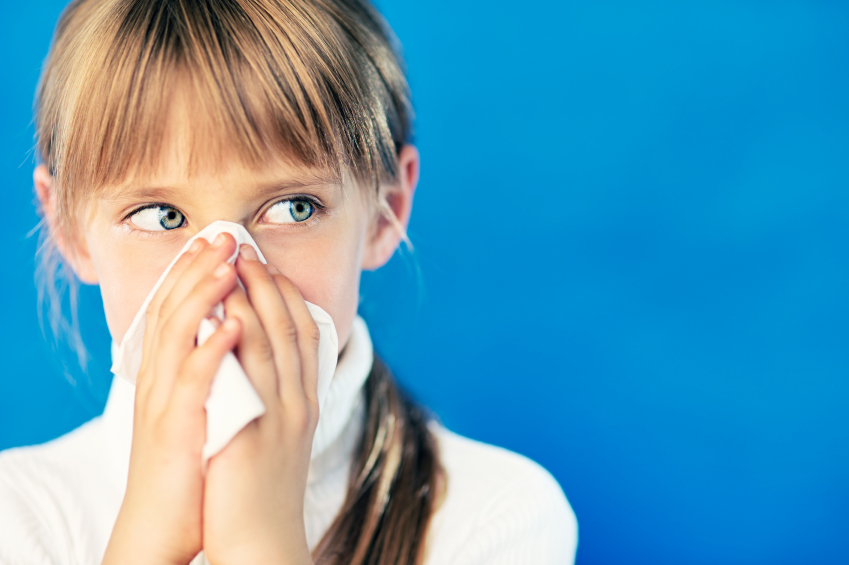If you’ve improved your home by adding insulation, caulking, and weatherstripping, then you can pat yourself on the back. These measures prevent a lot of energy from escaping out the window. Unfortunately, they can also trap indoor air pollutants. Many well-sealed homes have indoor air that’s actually worse than outdoor air, with pollutants that are 100 times higher inside than they are outside! The symptoms of indoor air pollution, which has reached critically high levels, include respiratory problems (especially with asthma and allergies), itchy skin, headaches, nausea, and flu-like symptoms.
The good news is that you can have an energy-efficient home and healthy indoor air. Here’s a list of some of the things you can do to clean up your air:
- Use local ventilators (kitchen range hoods, bathroom fans) to control excess humidity.
- Instead of oil-based paints and solvents, choose water-based products.
- Clean up mold as soon as you notice any sign of it (such as offensive odors, stains on furniture, carpets, fixtures, etc.).
- Have your home’s combustion appliances professionally maintained. Oil- and gas-fired furnaces and hot water heaters, gas-fired stoves and clothes dryers, and wood-burning stoves are all examples of appliances that can give off particles and dangerous gases, such as carbon monoxide, if they’re not properly maintained.
- Avoid using air fresheners. Instead, find and remove the source of the odor.
- Be aware that chemicals stored inside an attached garage often infiltrate the house, so try to reduce or remove chemicals such as pesticides, solvents, and fuel oil.
- Most common house cleaning products contain unnecessarily harsh chemicals. Many alternative products are easier on lungs and your wallet.
